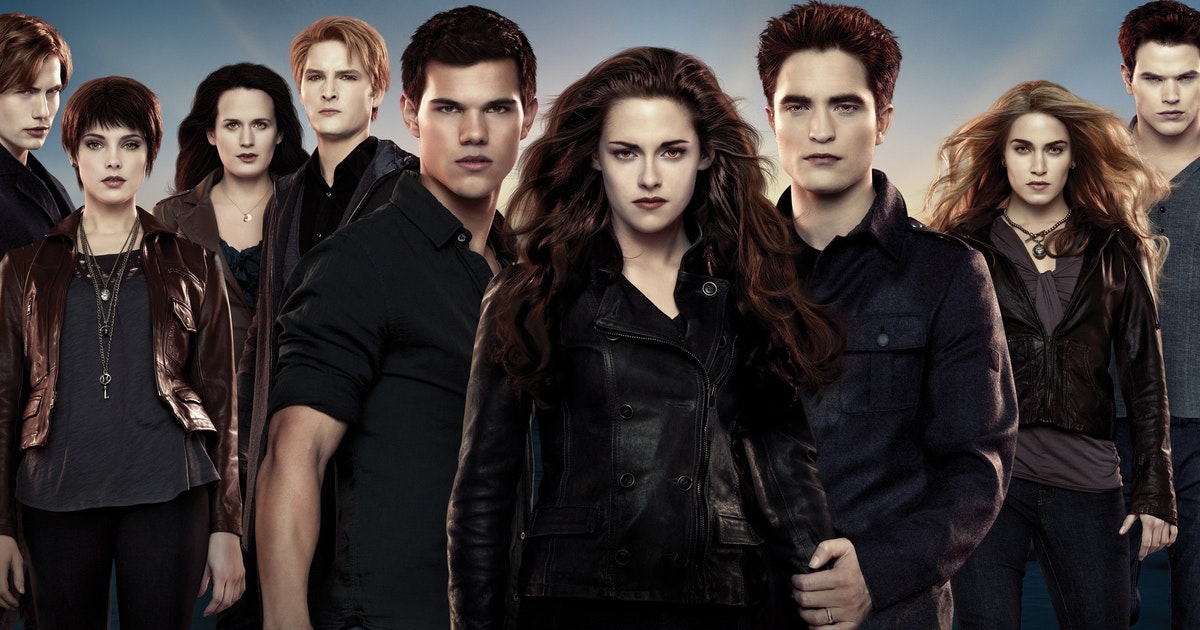Table of Contents Show
It is a truth universally acknowledged that a vampire romance saga in possession of hyper-critical fans must be in want of a renaissance. Since the film Twilight was released in 2008, the four-book and five-film saga that came from it has been met with its fair share of criticism from critics and fans alike. From controversies about the glorification of abusive relationships and the portrayal and commodification of the Quileute people, The Twilight Saga earned (and rightfully deserved) its bad reputation. But in recent years, the saga — and subsequently the fandom — has had a resurgence with fans of all ages longing to relive the nostalgia of the popular story.
The second swell of the Twilight fandom has aptly been named the “Twilight Renaissance” by the fans, and this time, they were back with a much more critical gaze that sought to dissect and understand the harm (and unintentional hilarity) of author Stephenie Meyer’s choices when writing Twilight. The desire to understand why Twilight is the way it is, the nostalgia for some truly wonderful aspects of the films, and a growing love for Camp, has kept Twilight popular for thirteen years and will keep it popular for decades to come as a relic of the 2000s.
Origins Of The Renaissance
Twilight’s popularity began when the first book, Twilight, was released in 2005. The four-part book series, with New Moon, Eclipse, and Breaking Dawn following in publication every year, led to the series getting the film treatment with Summit Entertainment. The films, though, were not expected to do well. The director for the first film, Catherine Hardwicke, says that she thinks the studio allowed a woman to direct the film because they didn’t expect it to perform well critically or financially. But her female gaze and creative choices, like the iconic blue-tinted filter, have made Twilight a fan favorite since it came out in 2008, the same year the novel Breaking Dawn was released. Male directors ended up directing the following four films, which broke Hardwicke’s heart.
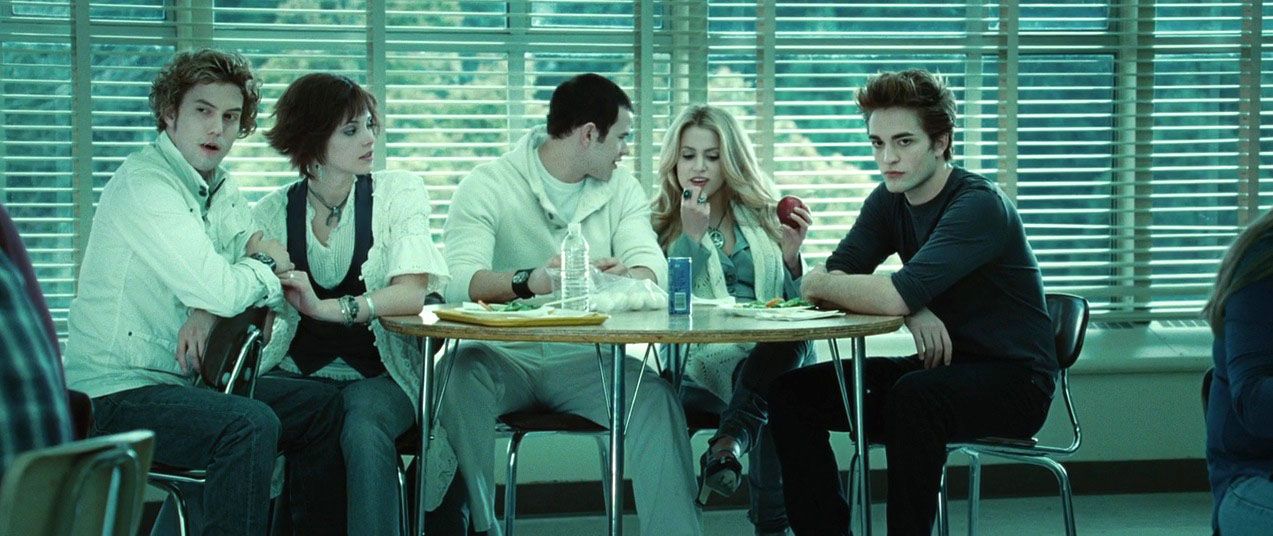
The film did fabulously well despite its shoestring budget and indie feel, and the other four movies brought in over $3 billion combined by the time Breaking Dawn — Part 2 was released. But back in 2008-2012, it was still embarrassing to admit that you were a fan of Twilight. The whole world knew the series was as “bad” as it seemed — and the critics perceived the fans as delusional “Twihards” who couldn’t see how bad the saga was past the hunky leads.
Nowadays, fans are in on the “Twilight is bad” joke. Fans are the first people to bag on the saga and proclaim its Camp value. They’re still just as unashamed to enjoy the series, but now it’s with a more critical and adult lens. The fans of today in the Twilight Renaissance are going back with a nostalgic love for the series that dominated their middle school lives. What was once a teenage guilty pleasure became one of the spearheads for abolishing cringe culture.
Entertainment news outlets have been writing of the “Twilight Renaissance” since 2018, so it’s fair to say it began around that time which would have been ten years after the first film was released. A decade gives it enough of an afterlife and cultural embedding to make a fan’s return to the saga both nostalgic and inevitable. The bio of the uber-popular Twilight Instagram account @twilightrenaissance opens simply with “the trash is back,” a recognition of the saga’s objectively “trash-but-in-a-good-way” story and cast of characters. I checked the Instagram account and found that I have actually been following them since 2019: about a year or so before the long-awaited Midnight Sun (Twilight retold from Edward’s perspective) was released, and the Internet historians began dubbing the return of the Twilight fandom as the “Twilight Renaissance.” In an interview with Paper, the two women who run @twilightreborn — a popular Twilight meme account on Twitter — agree that the August 2020 release of Midnight Sun and the pandemic keeping everyone indoors and online created the perfect pressure cooker for the more widely-recognized Twilight Renaissance.
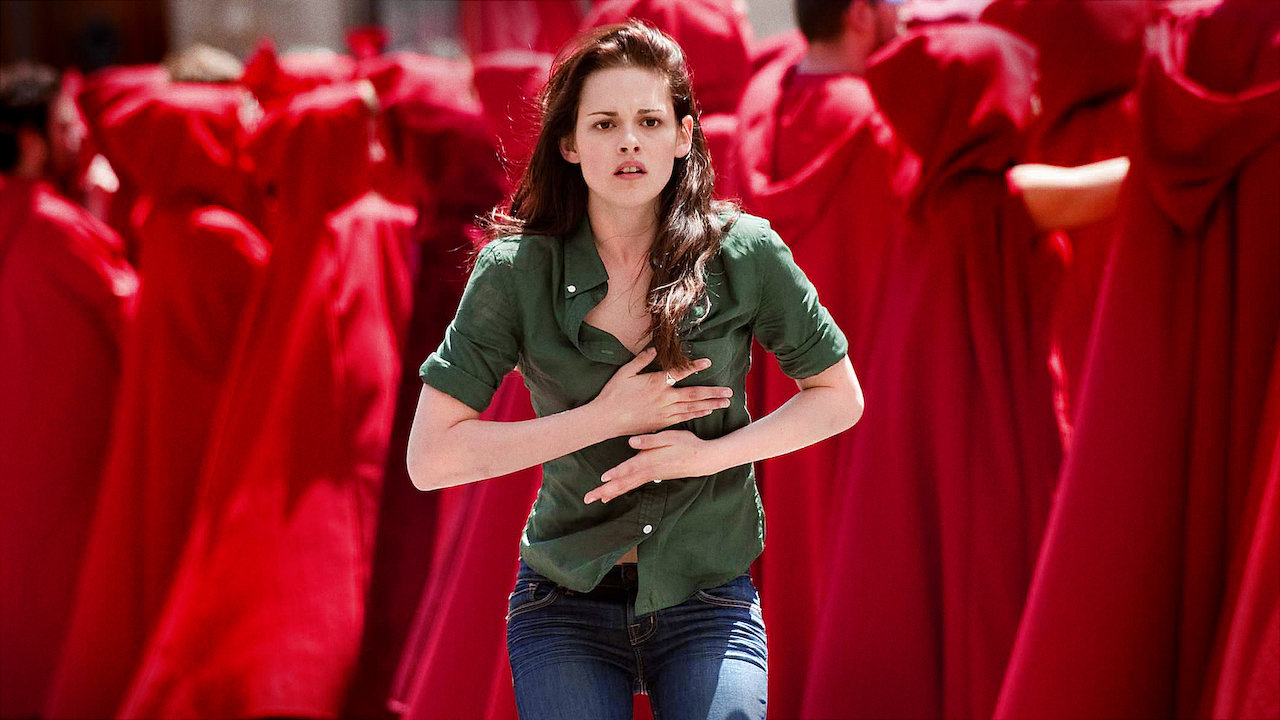
In the Twilight Renaissance, there is more awareness of the sexism and racism present in the saga. The fandom is certainly following the rules of being critical of the media you consume and enjoy, recognizing virtually en masse that significant aspects of the saga are harmful and didn’t come from nowhere. Meyer’s own identity as a Mormon plays into many critiques and jokes that fans make about the themes of sexuality in the saga, but her whiteness and New England origins influenced the way she racialized the wolves, who come from the Quileute people of northern Washington, among other themes. And in many of the saga’s shortcomings come the fans’ love to hate on one of the wildest, most unhinged young adult (YA) novels of the 2000s.
Loving The Good
Fans still flock to Forks, the hometown of Bella, and to the various filming locations studded all over Oregon and Washington. They still watch and pore over the films, analyzing the characters’ choices and discussing the implications of certain choices or moments. There are some genuinely wonderful scenes in the films, along with knockout indie-rock soundtracks in all five films, but the appeal comes from the nostalgia. In the same interview with Paper, the women who run @twilightreborn say that they watch Twilight when it gets gloomy or rainy outside because of the films’ Washington state setting. There’s even a number of memes on their account about it. Nostalgia and comfort are fundamentally driving the fans and the Twilight Renaissance.
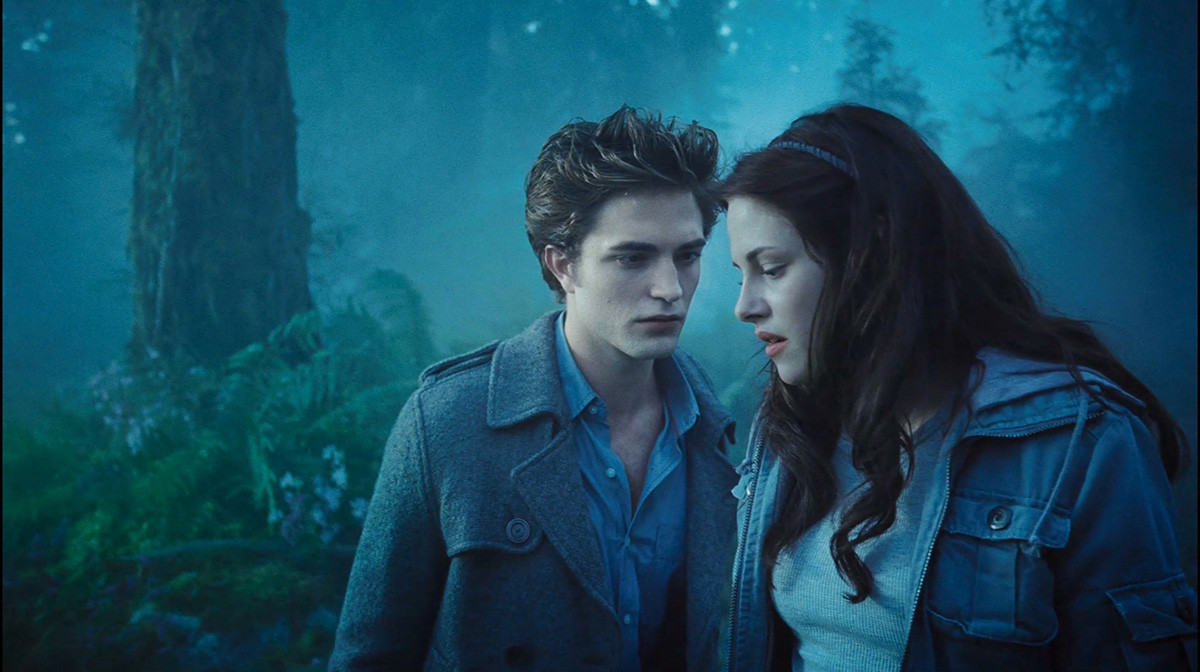
The memes from the films, all made by fans, make ribbing the saga even more fun. There’s joy in occasionally laughing at yourself and the things you love, and social media provides the perfect space in which to do that. Most memes about the saga are about the more ridiculous and downright wild aspects of the story, like Edward’s love for Bella in a long, khaki skirt or about all of the mechanics of how exactly Edward got Bella pregnant. The sheer ridiculousness of vampire biology in The Twilight Saga is itself a source of many a meme, and Meyer’s answer for how Bella got pregnant is certainly laughable because of the strange amount of detail. Even a throwaway line from the novel Twilight about Bella “not minding communism” when reading Animal Farm got spun into memes about how Bella only married into the Cullen family to redistribute their wealth and being “Comrade Cullen.” And the memes about Jasper’s “yee-haw” backstory, the blue tint of the first film, and Edward reacting to Bella’s scent in the biology classroom are certainly fodder for the fans driving the Twilight renaissance.
The fans have also begun to uplift and love the supporting cast of characters who did not get so much attention from Meyer since their lives, and subsequently, their interiority was not deemed relevant to the Edward-Bella romance plot. Rosalie and Emmett have some of the most developed fanon and metacharacters, with headcanons ranging from Rosalie as a lesbian to Emmett as a fun-loving, meme-making big brother figure to Bella. Giving love and attention to the full supporting cast has been a great part of the Twilight Renaissance because it fleshes out the universe even more, even if it is “just meta.” Seeing how fans reinterpret and add to the personalities, stories, and choices of characters like Rosalie, Embry, and Emmett also shows how the fans have been crafting a new, socially conscious fanon.
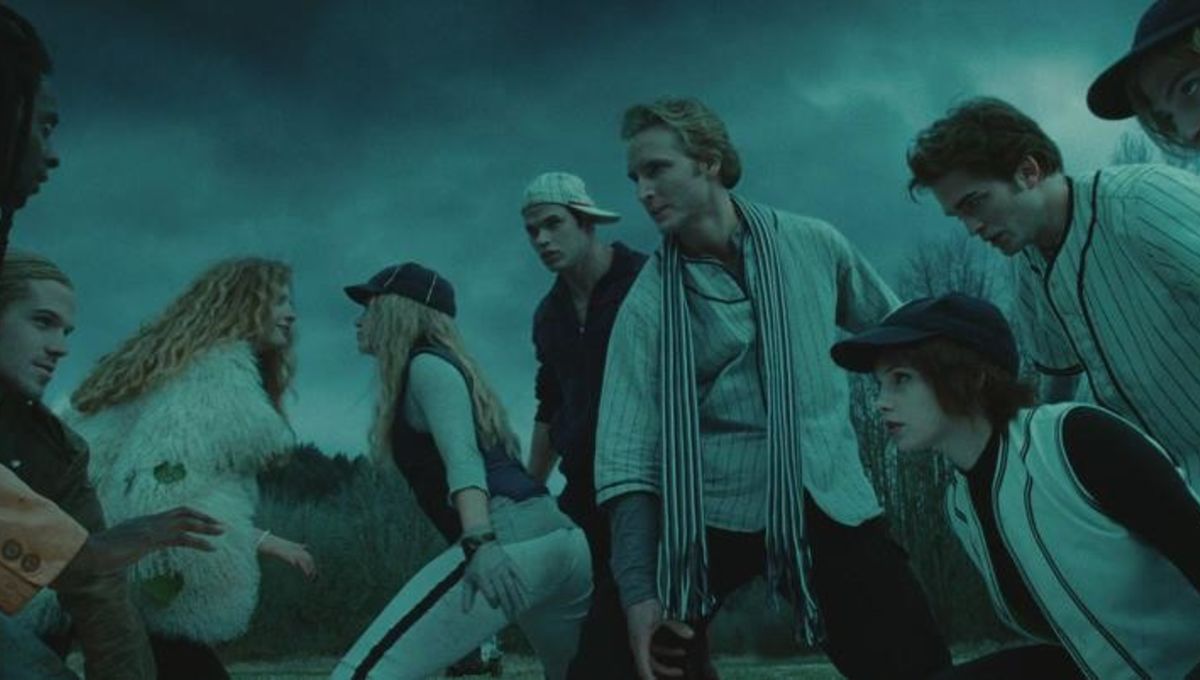
Many friends have commented on how fabulous the soundtrack for all the films in The Twilight Saga is as well, many citing New Moon’s as their favorite. One of the most iconic scenes and songs from the saga is from Twilight: the Cullens invite Bella to play baseball with them in the middle of a thunderstorm, and the montage of their game is set to Muse’s “Supermassive Black Hole.” That scene perfectly represents how The Twilight Saga used music, especially indie and alternative rock, to make important scenes stick in the audience’s minds.
“Possibility” by Lykke Li, which plays in the montage of Bella’s post-breakup depressive episode in New Moon, is a mournful ballad about complacency and missing a lover, which fits perfectly with Bella’s state of mind after Edward and the Cullens abandon her. The wedding song from Breaking Dawn — Part 1, “Flightless Bird, American Mouth” by Iron & Wine, is also touching, intimate, and subtle; it truly captures how Edward and Bella only have eyes for each other in the scene and keeps a landmark scene memorable. Part of what kept each film in The Twilight Saga connected was their wonderful indie-rock soundtracks, putting them up there with the likes of James Gunn’s Guardians of the Galaxy films or the Shrek series due to their unique soundtracks.
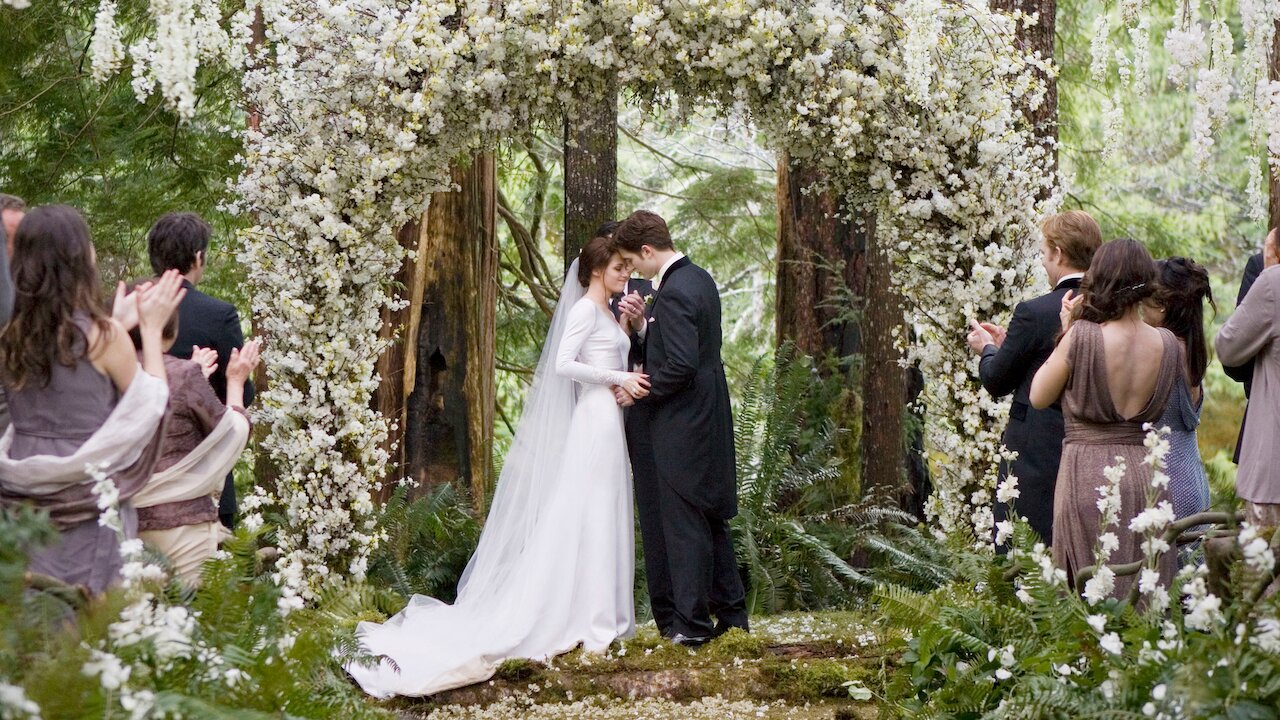
There are plenty of things to enjoy about The Twilight Saga, from fanon meta about characters to the iconic music. As time passed, the nostalgic appreciation for the saga grew and made the Twilight Renaissance inevitable. This past July, being put back on Netflix made it even more accessible and only intensified a strong Renaissance of the Twilight fandom. However, the Renaissance of The Twilight Saga also meant that adult, socially-conscious fans were engaging with the content in different ways and began openly critiquing many of the plot points, character depictions, and themes that Meyer wrote in her novels — all while being fans.
And Critiquing The Bad
There is no shortage of themes, characters, or plot points to criticize in The Twilight Saga. Feminist groups critiqued the abusive relationship dynamics between Bella and Edward, and even but also especially Bella and Jacob. As well as the regressive ideas about chastity and female sexuality back when the novels and films were first being released. Some still harbor ill will towards those who enjoy Twilight, with one The Tab writer calling those who still like it “sick in the head.” But there is something profound about enjoying a piece of media and thinking about it critically, like in the case of The Twilight Saga.
Some of the various points that have been raised in the last few years because of the Twilight Renaissance are how Meyer commodified the Quileute people and their culture, how whiteness complicates the vampire v. werewolf feud, and how the imprinting subplot between Jacob and Renesmee is pedophilic. There’s only so much self-aware humor and memes (and yes, even Resume jokes) can do to forget that some of what Meyer created is problematic at best and harmful at worst.
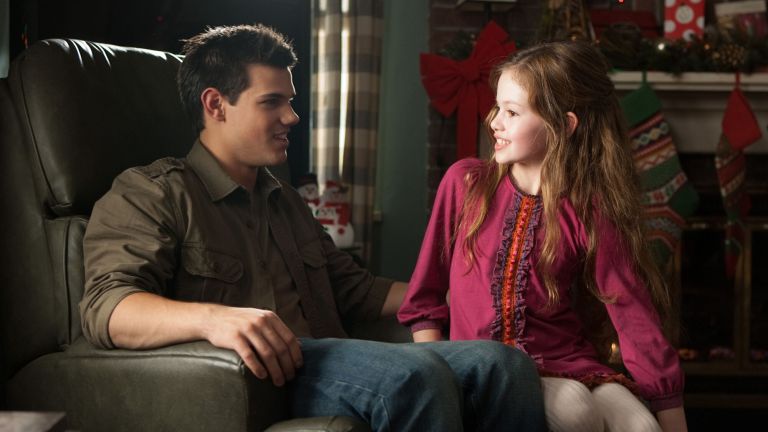
While concerns have always been had with The Twilight Saga over the nature of the Edward-Bella and Jacob-Bella relationships, more focus is being given to the Jacob-Renesmee relationship. While it was easy to cringe in 2012, this relationship is a serious source of discomfort for fans in 2021. The power imbalance due to age is frankly disgusting, “Renesmee ages quicker!” and “imprinting can be platonic!” arguments aside. Meyer’s decision to make an adult man imprint upon a newborn child is downright harmful. It raises many questions about how “happy” the ending to The Twilight Saga is because of the pedophilic undertones.
Even though imprinting can be platonic in the Twilight universe, it is mostly depicted in a romantic manner. It complicates the Jacob-Renesmee relationship, especially because it is implied that they become a couple when Renesmee is older. Even the Charlie-Bella dynamic receives more attention nowadays: Charlie had every reason to worry for his daughter throughout the saga because of how Edward treated her in New Moon and how she chronically lied to him during (and after) her pregnancy in Breaking Dawn. The abuse goes far beyond just Edward and Bella — it steeps into the relationship she has with her own family. And an aspect of the books universally ignored by the films, and yet critical to why Bella likely feels so drawn to Edward, is the fact that her mother was abusive and neglectful to her when she was growing up.
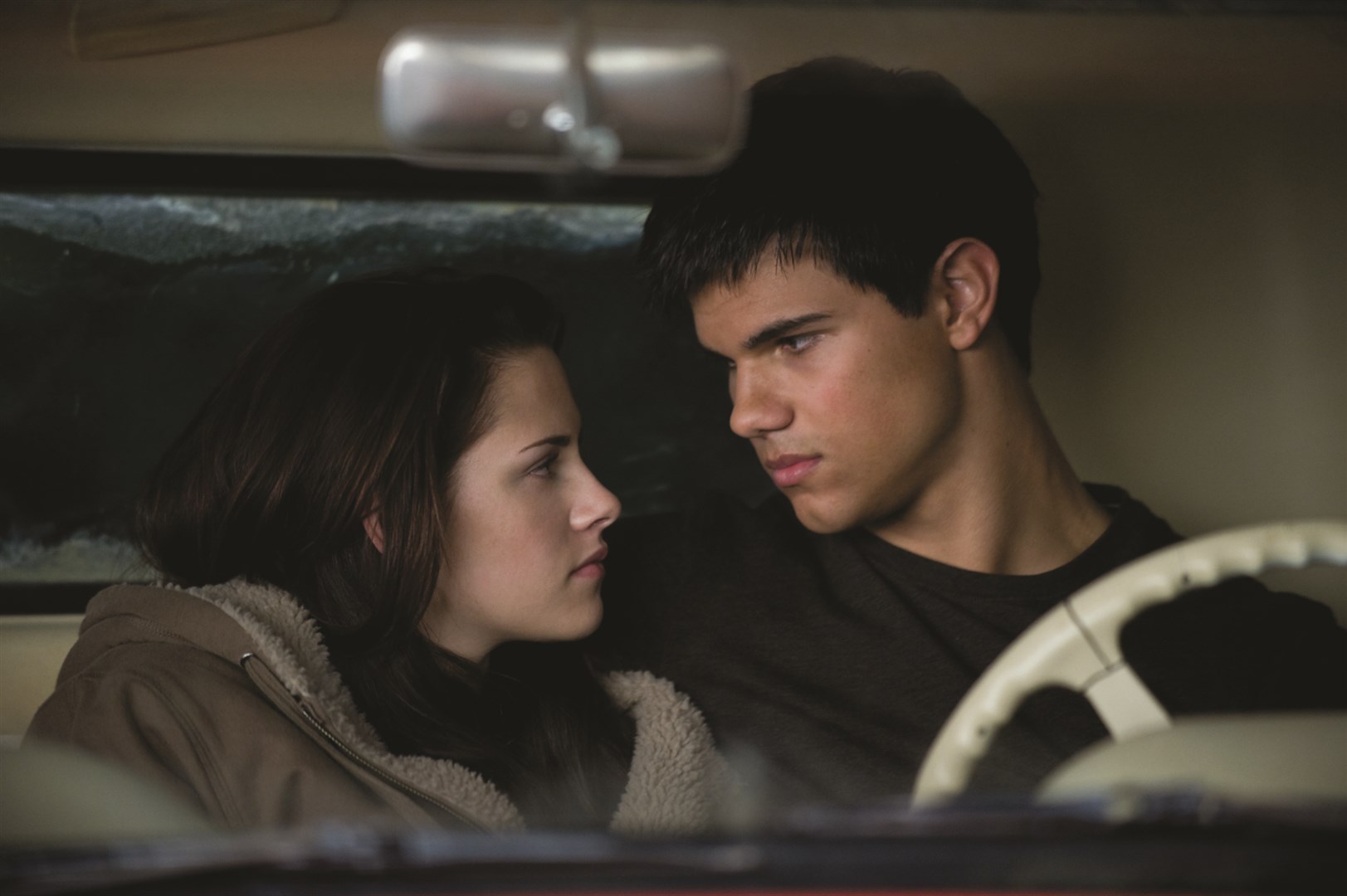
Meyer’s racialization of the werewolves is also another matter that deserves to be criticized. This goes hand-in-hand with her commodification of the Quileute people, their culture, and their stories. Meyer used their tribe, stories, and history without the permission of the Quileute tribe, and the tribe never received royalties for being depicted — prominently, at that — in the novels and films that make up The Twilight Saga. This is shocking to note when The New York Times reported that half of the Quileute tribe lives in poverty. And while tourism has increased significantly to the reservation because of the films and therefore opened up new streams of revenue, the depiction of the Quileute people in The Twilight Saga is nothing like that in their histories and stories. Meyer willfully twisted the creation story of the Quileute people and used their heritage for her own financial gain.
The Quileute creation story says that “Qwati, the Transformer, finding no people at the mouth of the Quileute River, decided to turn two wolves into humans,” which is nowhere near the fight between Quileute-people-turned-werewolves and invading vampires depicted in The Twilight Saga. By knowingly changing and perverting the origin/creation story of the Quileute tribe, Meyer treats it like mythology and fantasy instead of respecting their strongly-held beliefs. It is a trivialization of their history, culture, and people in the worst way because it erases the reason for their existence. There are also no “cold ones” or vampires present in Quileute stories; this, too, is a fabrication on Meyer’s part to suit her grand “vampires v. werewolves” plot.
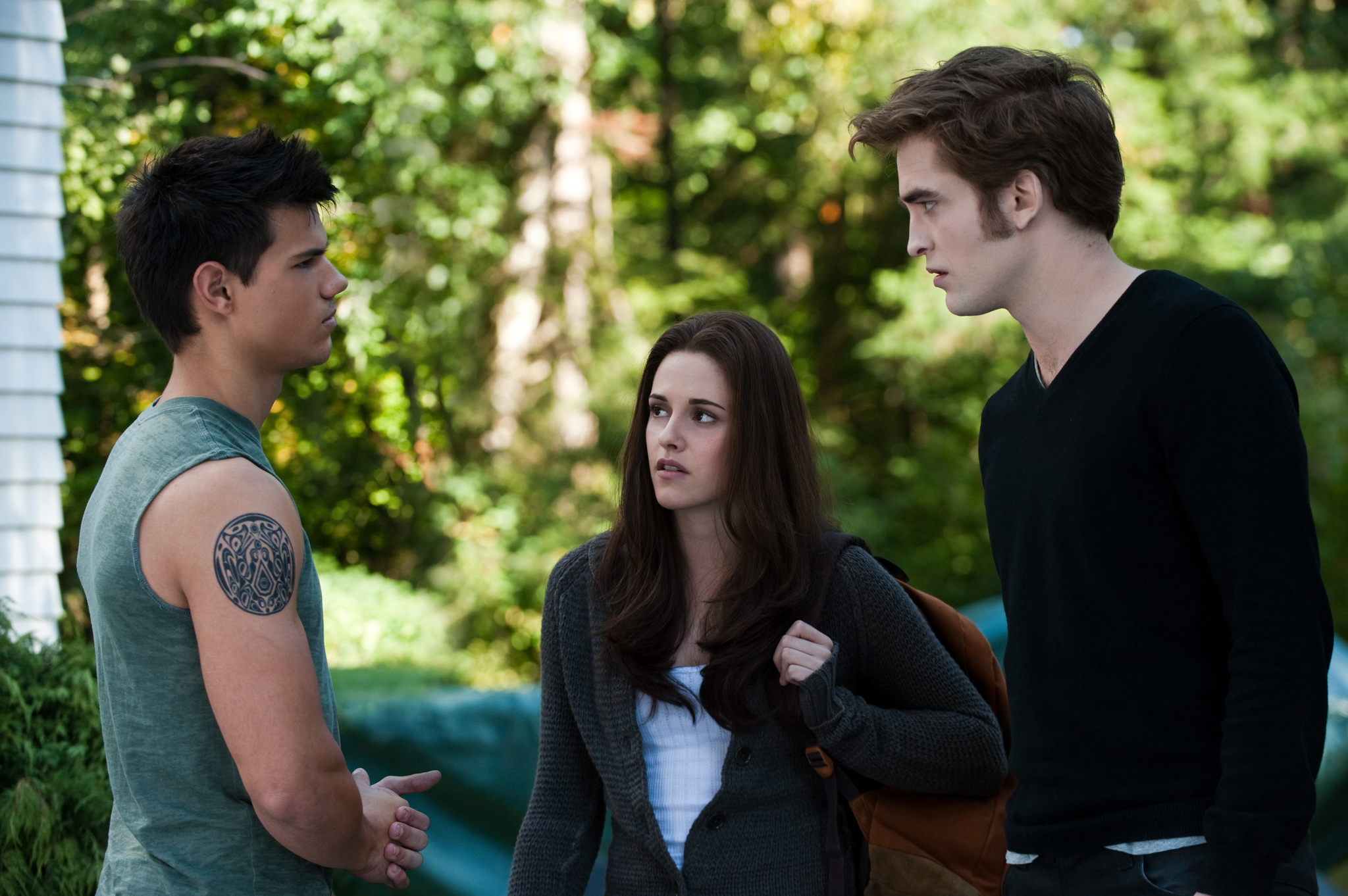
Since the werewolves in The Twilight Saga are exclusively Native American, their racialized depiction becomes problematic when Jacob, the Quileute-werewolf main character, is juxtaposed against Edward, the white-vampire main character. Jacob is shown as much more aggressive in his pursuit of Bella and is depicted as sexually forward to the point of harassment and assault — the comparisons to an “animal nature” are almost too obvious. This is portrayed in contrast to Edward, who is shown with more self-control and respect towards Bella, especially in the sexual arena. Meyer implies this is a result of his vampire nature. By showing the Native American character as Jacob’s near-constant state of shirtlessness also emphasizes the sexualization of his character. Depicting a Native American character as wild, sexually aggressive, and animalistic in contrast to the white character who is restrained, sexually chaste, and human is fundamentally prejudiced and racist on Meyer’s part.
Legacies And Futures
The Twilight Saga has always had fans, but the Twilight Renaissance shows longtime fans returning to the saga that gave them happiness and joy in their younger years. Even for those who always loved the saga (this author included), the Renaissance has made it easier to love it with no shame, with the recognition that the Camp masterpiece is so bad, so laughable, and so cringe-worthy it magically manages to be good. The films themselves are beloved for their quotability, memorable scenes, and stellar soundtracks — but underlying this admiration for the films is a deep discomfort for the racial and sexuality-related themes.
The damage that Meyer did to the Quileute people with her perversion and commodification of their stories, the disturbing sexual themes in the Jacob-Renesmee relationship, and the uncomfortable story of abuse in multiple relationships make the series difficult to love at times, but the fanon that has come from it has sought to reclaim and reshape it, perhaps for better or for worse. The saga’s complexity has kept it in the minds of fans for over a decade and will for decades to come.
We strongly encourage you to donate to the Quileute Tribe here to aid in their effort to relocate to higher ground as protection against tsunamis and floodwaters. Their current tribal school is directly in the path of floods, and relocating it to higher ground is top priority for the tribe and the longevity of their culture. You can read more about their culture and history here.
